This plant belongs to a separate species and is considered an independent plant. Despite the fact that it is inherently Tradiscantia, it takes its definite place among indoor plants. At the same time, zebrina is very different from many Tradiscans. Firstly, by its colors, as a result of which it got its name. But not everyone knows that this plant has a whole range of unique healing properties. If you list a number of diseases that can be cured by zebrin - this will be a huge list, which includes diseases such as cholera. At the same time, it helps to get rid of burns.
It has the natural properties of an air purifier, like the whole family of Tradiscantia, including spathiphyllum, chlorophytum, etc. Thanks to her abilities, she can successfully replace her other relative - Callisia, or rather, its kind of Golden Mustache. Against bactericidal properties and the ability to heal wounds, put it next to widely known plants such as kalanchoe and aloe.
Among other things, this plant is simply adored by pets, especially cats, who see in it a replacement for the herbs that they find on the street if they feel bad. It is quite possible that if there is a cat in the house, he will definitely graze on it. At the same time, not only cats love her, but also birds, turtles, etc.
Content
Caring for a zebra at home
Caring for this plant is the same as caring for Tradiscantia, with some differences.
Location and illumination
This is an ampelous plant and its place on a separate stand or when organizing a suspended version. Zebrina is very fond of light, so the best place might be a partition between two windows, where there is enough light and there is no direct sunlight that can destroy the plant. In this case, it is very important that the room where the zebrin is located is constantly and regularly ventilated.
It should not be allowed that there is no smoke in the room due to smoking. Zebrin may not survive such extreme conditions.
In the summer, it will not be superfluous to take it out to fresh air. Sometimes it is planted in open ground, just like geranium or tuberous begonia, where it looks very good.
Temperature regime
In summer, it feels good at room temperature, and in winter it can be reduced to + 13 ° C, but not lower.
Watering, feeding, air humidity
Many argue that this plant loves abundant watering, but the other half of the gardeners say otherwise. Most likely, for the normal development of this plant, optimal watering is needed, because excess moisture is harmful and the plant begins to lose its decorative effect, while the soil should not be allowed to dry out. Optimal watering is that at normal room temperature, it is enough to water the zebrin twice a week. In winter, the dose is halved.
Air humidity does not particularly affect the development of the plant, since it feels great in dry air conditions, although more humid is preferable. To somehow compensate for the lack of air humidity, the plant should be regularly sprayed.
You should be very careful with feedings so that they do not harm, because excess fertilizer also has a negative effect on zebrins. Top dressing is carried out with full mineral fertilizers, while their dose should be half as much as recommended.
Planting and transplanting
Zebrin does not need a transplant, since its life as a decorative element is rather short. She is interesting in the first 3 years of her life, after which she will lose her attractiveness. Therefore, it is better to grow a new plant than replant an old one, which is what many growers do, especially since this is quite simple to do.
When planting, you can use a fairly simple recipe for preparing soil:
- 2 pieces of leafy land.
- 2 parts of turf land.
- 1 part sand.
Reproduction
Propagating this plant is as easy as shelling pears and you can do it throughout the year by rooting cuttings. The breeding technology of zebrins is similar to the breeding technology of Tradescantia, ivy, hoya, stephanotis, etc. Cuttings can be rooted in various ways, including in water. But it will be easier if the cutting is planted directly into the ground. To do this, you need to take a small (11cm in diameter) pot and plant several cuttings in it at once, next to the walls of the pot. After the cuttings have taken root, they can be planted in pots or left to grow.
Useful properties of zebrin
Many breeds, even in ancient times, have used this plant as a medicine. In Buddhist monasteries, this plant had a cult character and was certainly cultivated. Latin Americans used the crushed leaves of this plant and applied to purulent and other wounds, as well as to tumors and bruises. Fresh zebrin juice helped soothe pain and helped with tuberculosis. In Cuba, various diseases were treated by taking a decoction from its leaves. These were diseases such as colitis, flatulence, cholera and other diseases of the gastrointestinal tract.
Studies have shown that it contains unique elements that can lower blood sugar levels, as well as natural phytoncides that can kill germs and viruses. This is the reason for its high antibacterial activity.
Zebrina, settling in an apartment, will help purify the air, which will lead to ease of breathing. She very subtly feels how environmentally friendly the home is. If the housing has geopathogenic problems, then the zebrin may not take root.
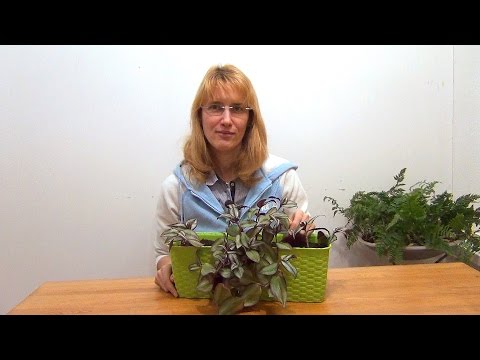

Watch this video on YouTube

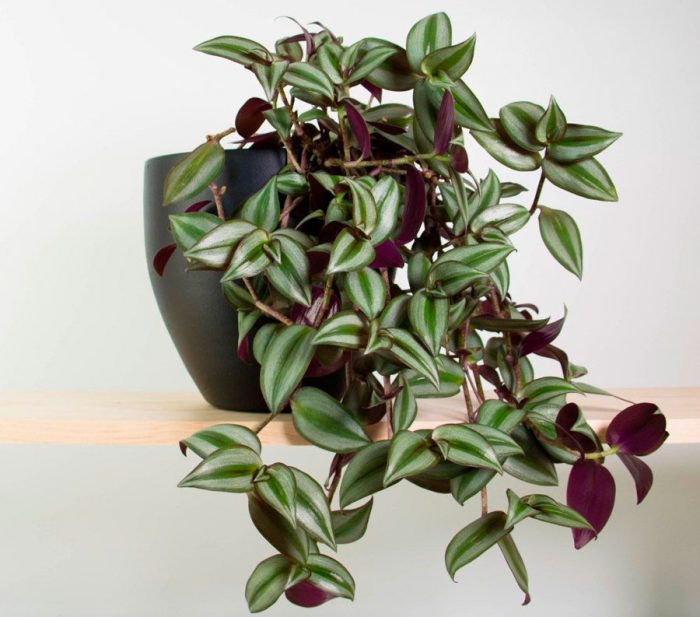

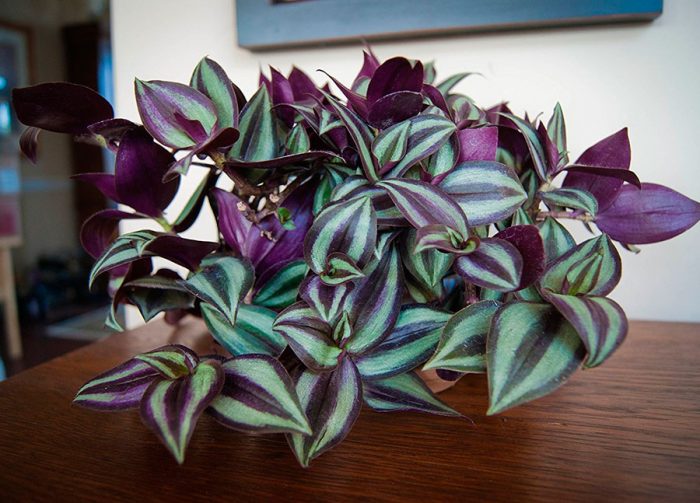
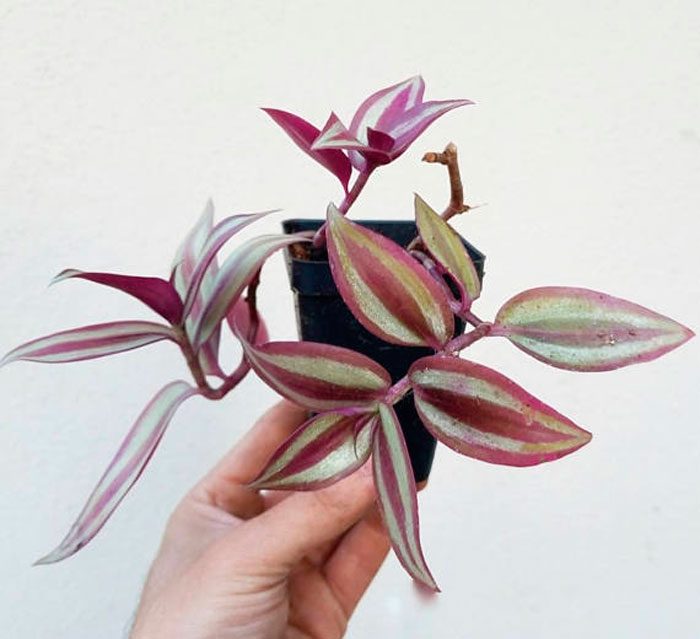


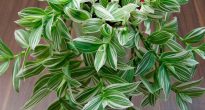


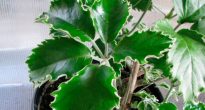



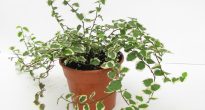
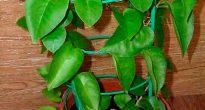

Why is my hoya growing hard? At the beginning, I planted it against the western wall in the room, it grew slowly, did not color and did not dry, then I planted it on the wall opposite the southern window in the kitchen, it does not bloom again and began to bend the leaves, now I planted it on the wall near the southern window above the window sills, wait what will happen